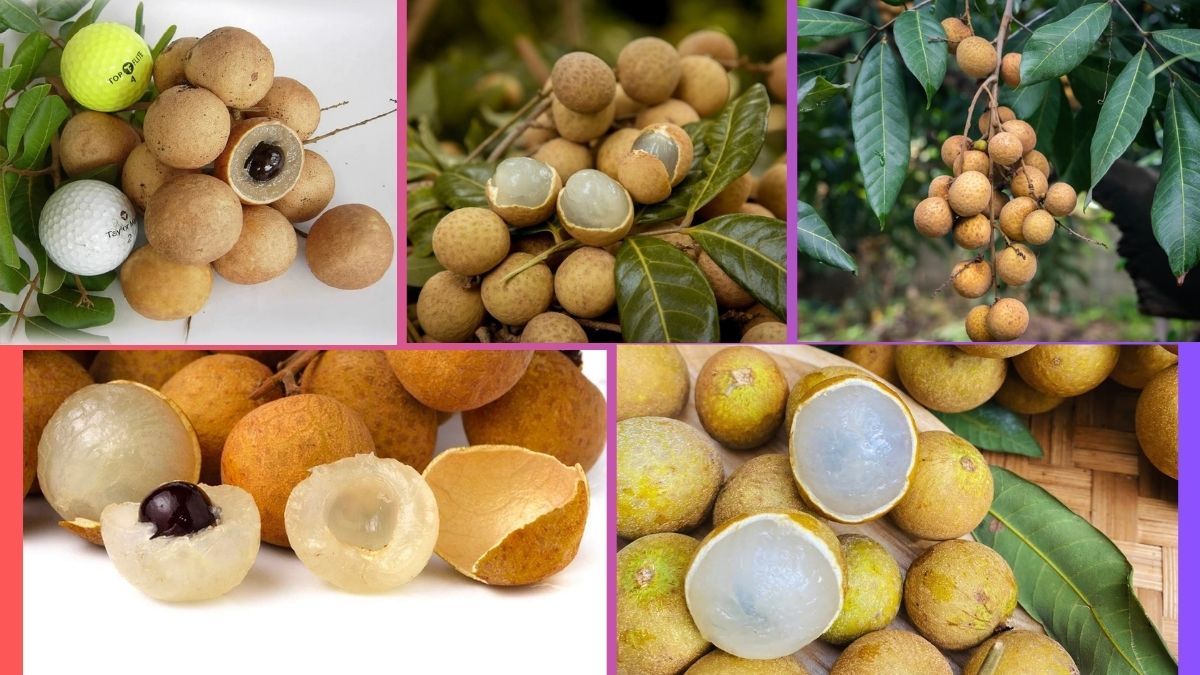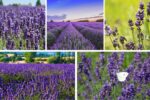In the world of tropical fruits, longan stands out as a prized delicacy known for its juicy, translucent flesh and mildly sweet, aromatic flavor. Often called the “dragon’s eye” due to its appearance when peeled — with a shiny black seed peeking through clear white flesh — longan has gained popularity not just in its native Southeast Asia but also in international markets.
But which country leads the world in producing this charming fruit? In this article, we’ll explore the fascinating history, cultivation, uses, and current production statistics of longan, and reveal which nation is the largest longan producer globally.
What is Longan?
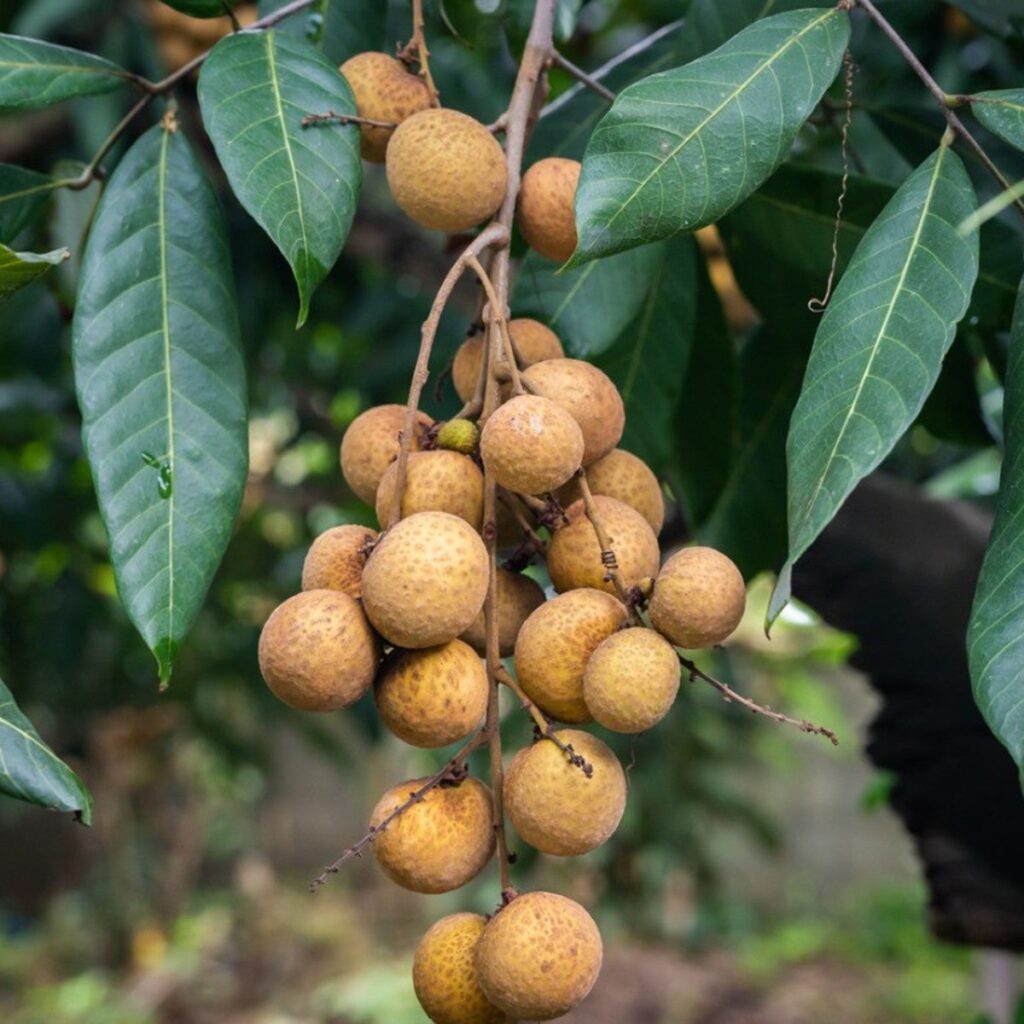
Longan (Dimocarpus longan) is a tropical tree species belonging to the Sapindaceae family, closely related to lychee and rambutan. Native to regions of southern China and Southeast Asia, longan thrives in warm, humid climates and is typically harvested in the late summer.
The fruit grows in clusters on evergreen trees and is typically round, about the size of a small plum. It features:
- A thin, light brown shell.
- Translucent, juicy flesh.
- A single, shiny black seed.
Longan is known for its subtle sweetness, floral aroma, and medicinal properties and is often enjoyed fresh, dried, or canned.
Global Overview of Longan Production
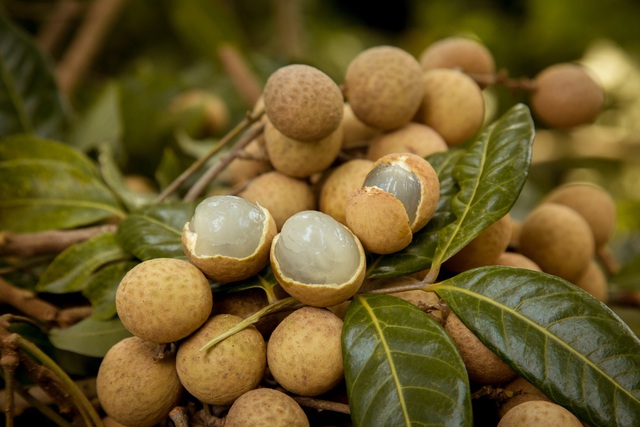
Longan is cultivated in several countries across Asia, Australia, and tropical America, with the majority of commercial production concentrated in:
- China
- Thailand
- Vietnam
- Taiwan
- Malaysia
- Indonesia
- India
- Australia
The global demand for fresh, dried, and processed longan has grown consistently over the past two decades, with increasing exports to markets in North America, Europe, and the Middle East.
Which Country Is the Largest Longan Producer Globally?
China holds the title of the largest longan producer in the world, contributing nearly 70% of global longan production. In recent years, China’s annual longan output has been estimated at approximately 1.9 to 2 million metric tons, far surpassing other producing countries like Thailand and Vietnam.
Why China Dominates Longan Production
1. Ideal Climatic Conditions
China’s southern provinces, including Guangxi, Guangdong, Fujian, Sichuan, Yunnan, and Hainan, provide perfect environmental conditions for longan cultivation:
- Subtropical climate
- High humidity
- Warm temperatures (22–30°C)
- Well-drained fertile soils
This allows for widespread commercial cultivation and high-yield orchards.
2. Rich Agricultural Heritage
Longan has been grown in China for over 2,000 years, with references dating back to the Han Dynasty. This extensive history has given rise to:
- Advanced farming techniques.
- A wealth of local cultivars.
- Integrated pest and disease management systems.
- Expertise in post-harvest handling.
3. Large Domestic Consumption
Longan is deeply ingrained in Chinese culinary and cultural traditions. It’s enjoyed fresh during harvest seasons and is widely used in:
- Dried form for herbal teas.
- Traditional soups and desserts.
- Festive celebrations.
- Chinese medicine as a tonic for stress, insomnia, and digestion.
This strong domestic demand supports large-scale production and ensures year-round consumption.
4. Growing Export Market
China has significantly expanded its longan exports to countries such as:
- Singapore
- Malaysia
- Thailand
- United Arab Emirates
- Hong Kong
This demand has driven investment in cold-chain logistics, modern packaging, and export-grade quality control.
Top 5 Longan-Producing Countries (2023 Estimates)
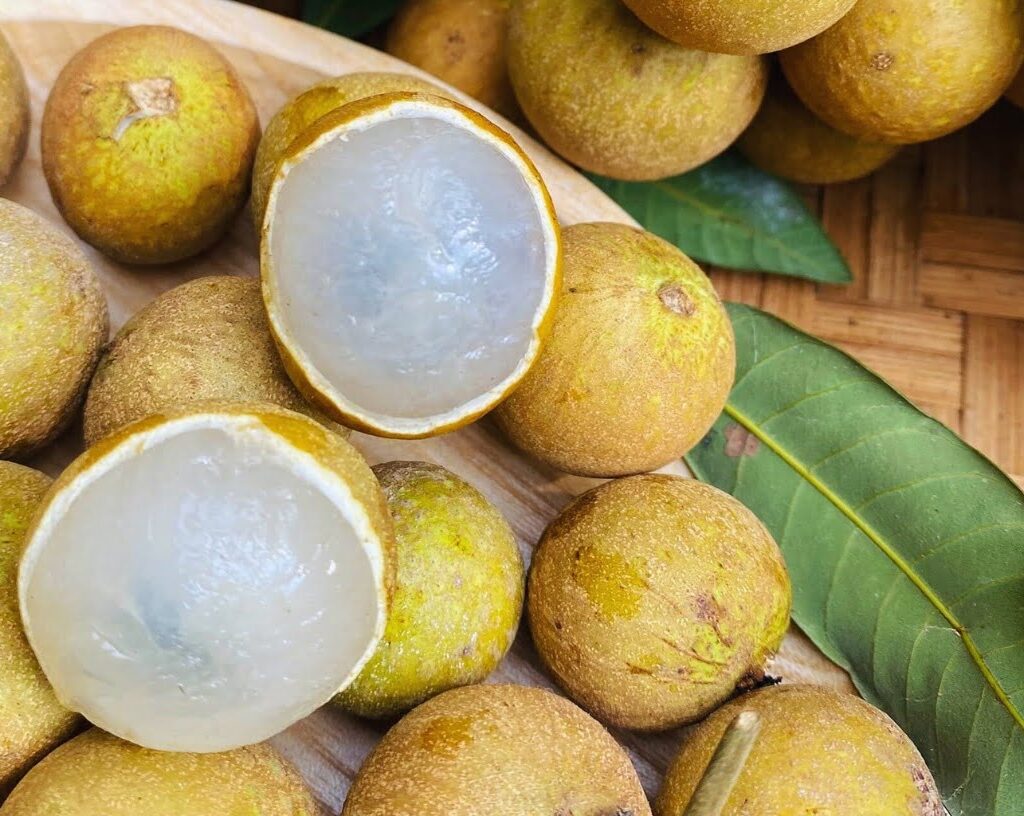
| Rank | Country | Production (Metric Tons) |
|---|---|---|
| 1 | China | 1,900,000 |
| 2 | Thailand | 300,000 |
| 3 | Vietnam | 250,000 |
| 4 | Malaysia | 90,000 |
| 5 | Indonesia | 60,000 |
China’s lead is undeniable, producing over six times more longan than its nearest competitor, Thailand.
Other Major Longan-Producing Countries
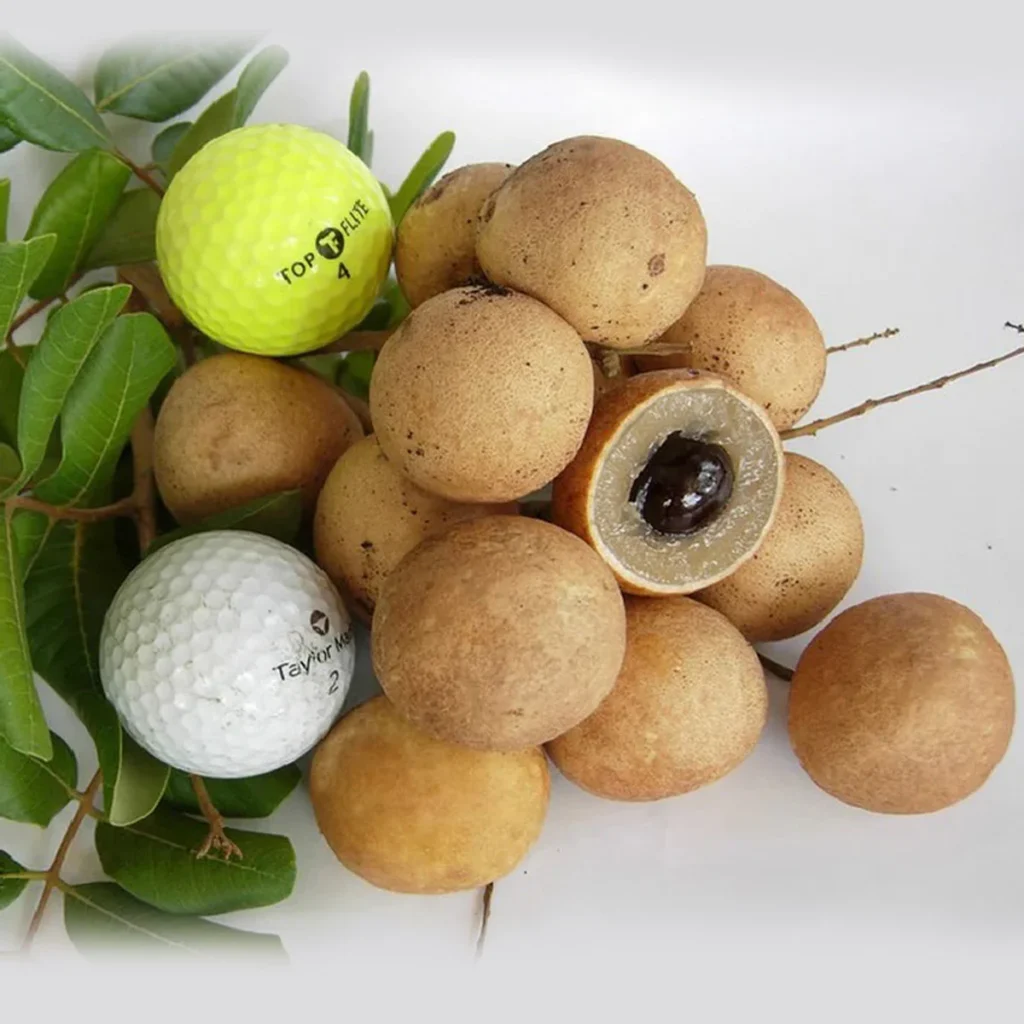
Thailand
Thailand is known for both its fresh and dried longan exports. Northern provinces like Chiang Mai, Lamphun, and Chiang Rai are famous for producing high-quality, export-grade longan, primarily supplied to China and international markets.
Thailand produces around 300,000 metric tons annually and remains the largest longan exporter globally.
Vietnam
Vietnam’s longan cultivation is concentrated in the Mekong Delta, Hung Yen, and Son La. Producing approximately 250,000 metric tons per year, Vietnam has rapidly developed as an exporter, targeting China, the U.S., and Australia.
Malaysia
Malaysia grows roughly 90,000 metric tons of longan annually, primarily consumed domestically and exported to nearby Singapore and Brunei. Major growing areas include Perak and Johor.
Indonesia
Indonesia produces about 60,000 metric tons per year, with most longan consumed locally. Longan cultivation is spreading across Java, Bali, and Sumatra.
Culinary and Cultural Uses of Longan
Longan is more than just a sweet treat; it holds culinary, medicinal, and cultural significance:
- Fresh Fruit: Peeled and enjoyed raw or added to fruit salads.
- Dried Longan: Used in Chinese herbal teas, soups, and desserts.
- Canned/Frozen: Available globally as a convenient option.
- Traditional Medicine: Believed to relieve stress, improve sleep, and boost immunity.
- Desserts & Beverages: Included in puddings, jellies, cocktails, and chilled drinks.
In Chinese culture, dried longan symbolizes happiness and good fortune and is often exchanged during festivals and weddings.
Health Benefits of Longan
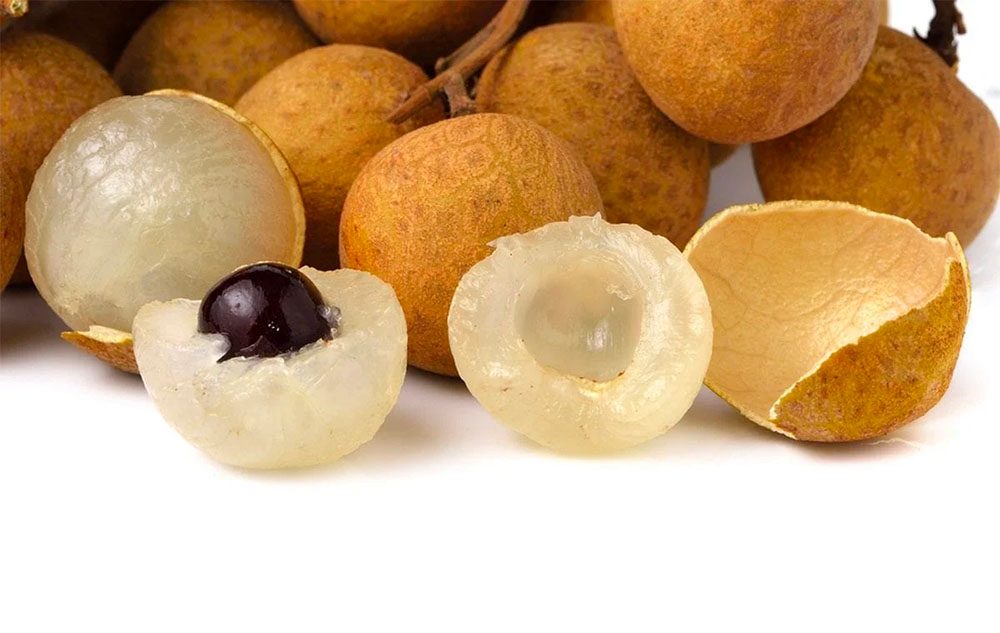
Longan is packed with essential vitamins, minerals, and antioxidants, offering a range of health benefits:
- Rich in Vitamin C: Strengthens immunity and improves skin health.
- High in Antioxidants: Fights oxidative stress.
- Supports Sleep and Anxiety Relief: Traditionally used as a calming tonic.
- Improves Digestion: Its fiber content aids gut health.
- Boosts Energy: Natural sugars make it an excellent energy snack.
Challenges in Longan Production
Despite its popularity, longan cultivation faces some challenges:
- Perishable Nature: Fresh longan has a short shelf life.
- Pest and Disease Pressure: Susceptible to fruit borers and fungal diseases.
- Seasonal Yield Fluctuations: Weather changes can affect flowering and harvest.
- Market Dependency: Countries like Thailand rely heavily on Chinese imports, affecting price stability.
Future Outlook for Longan Production
The global demand for longan continues to grow, driven by:
- Rising interest in exotic fruits.
- Expansion of Chinese and Southeast Asian expatriate communities worldwide.
- Increasing use of longan in health foods and natural remedies.
China remains firmly in the lead, while countries like Thailand and Vietnam are innovating to improve production practices, expand cultivable areas, and tap into new export markets in Europe, the U.S., and Australia.
Conclusion
When asked “Which country is the largest longan producer globally?”, the clear and decisive answer is China. With 1.9 million metric tons of annual production, China’s dominance is backed by ideal growing conditions, centuries of cultivation expertise, strong domestic demand, and an expanding export market.
While Thailand, Vietnam, Malaysia, and Indonesia are important players, none match China’s sheer production volume and market influence. As longan continues to charm new palates around the world, it’s clear that China will remain the heart of the global longan industry for years to come.
